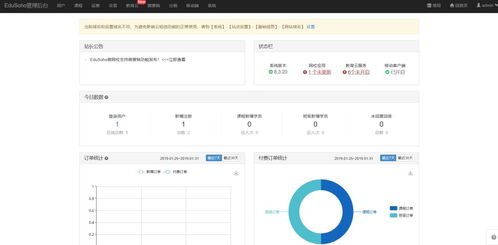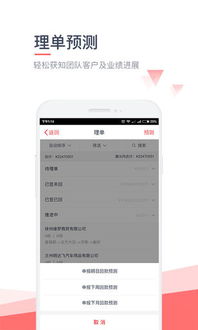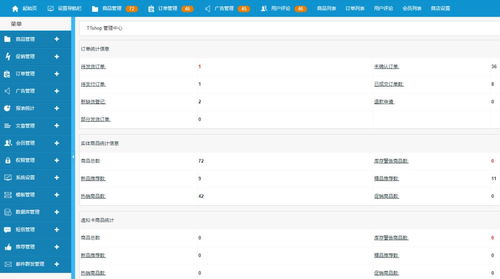Understanding OMS and CRM: A Comprehensive Guide

As a business owner or manager, you’ve likely come across the terms OMS and CRM. But what do these systems actually do, and how do they benefit your organization? In this detailed guide, we’ll explore the ins and outs of OMS and CRM, highlighting their key features, functionalities, and the synergies they offer when used together.
What is OMS (Order Management System)?

OMS, or Order Management System, is a software solution designed to streamline and optimize the order management process within your organization. It serves as a centralized platform that manages orders from creation to fulfillment, ensuring that every aspect of the order lifecycle is tracked and monitored efficiently.
Here are some of the key features and functionalities of an OMS:
-
Order Entry and Processing: OMS allows you to easily enter and process orders, ensuring that all necessary information is captured accurately.
-
Order Tracking: With OMS, you can track the status of each order in real-time, providing customers with up-to-date information on their order’s progress.
-
Inventory Management: OMS integrates with your inventory system to ensure that stock levels are accurate and that orders can be fulfilled promptly.
-
Order Fulfillment: OMS automates the fulfillment process, from picking and packing to shipping and delivery.
-
Reporting and Analytics: OMS provides detailed reports and analytics to help you gain insights into your order management process and identify areas for improvement.
What is CRM (Customer Relationship Management)?

CRM, or Customer Relationship Management, is a software solution designed to help businesses manage their interactions with customers. It serves as a centralized platform that stores customer information, tracks customer interactions, and enables businesses to provide personalized, efficient, and effective customer service.
Here are some of the key features and functionalities of a CRM:
-
Customer Data Management: CRM allows you to store and manage customer information, including contact details, purchase history, and interaction records.
-
Sales Automation: CRM automates sales processes, such as lead management, opportunity tracking, and sales forecasting.
-
Marketing Automation: CRM enables you to automate marketing campaigns, track their performance, and measure their ROI.
-
Customer Service and Support: CRM provides tools for managing customer inquiries, resolving issues, and ensuring customer satisfaction.
-
Analytics and Reporting: CRM provides detailed reports and analytics to help you gain insights into your customer interactions and identify areas for improvement.
The Synergies of OMS and CRM
When used together, OMS and CRM can create a powerful combination that enhances your business operations and customer experience. Here’s how they complement each other:
| OMS | CRM | Synergy |
|---|---|---|
| Order Management | Customer Data Management | OMS can integrate with CRM to ensure that customer information is up-to-date and accurate, leading to more efficient order processing. |
| Order Tracking | Customer Interaction Tracking | OMS can provide real-time order tracking information to CRM, enabling customer service representatives to provide accurate and timely updates to customers. |
| Inventory Management | Personalized Marketing | OMS can provide insights into customer purchasing patterns, allowing CRM to tailor marketing campaigns to individual customer preferences. |
| Order Fulfillment | Customer Service and Support | OMS can automate the fulfillment process, ensuring that customer service representatives have access to the necessary information to provide efficient and effective support. |
| Reporting and Analytics | Customer Insights | OMS and CRM can provide a comprehensive view of your business operations and customer interactions, enabling you to make data-driven decisions. |
In conclusion, OMS and CRM


